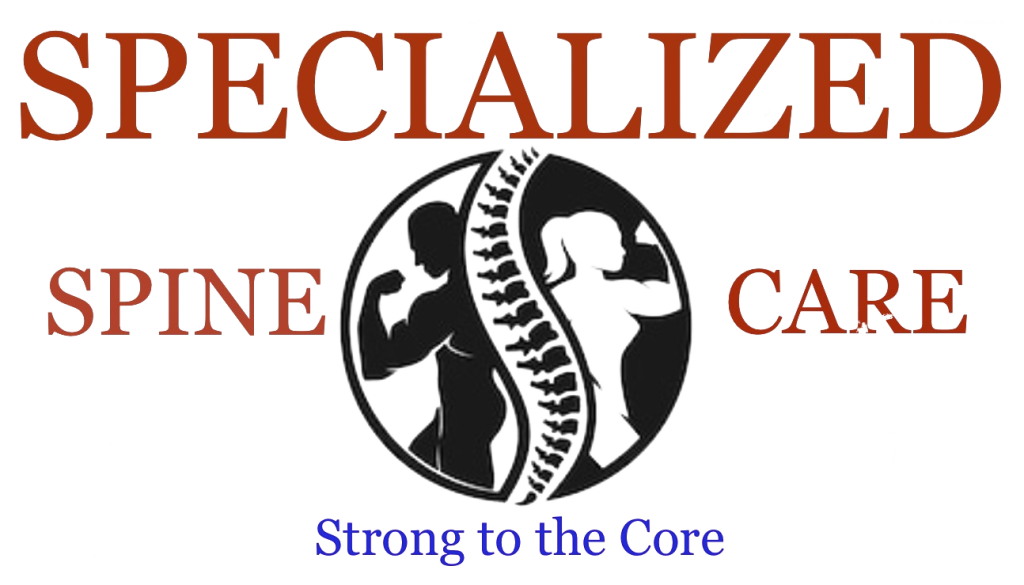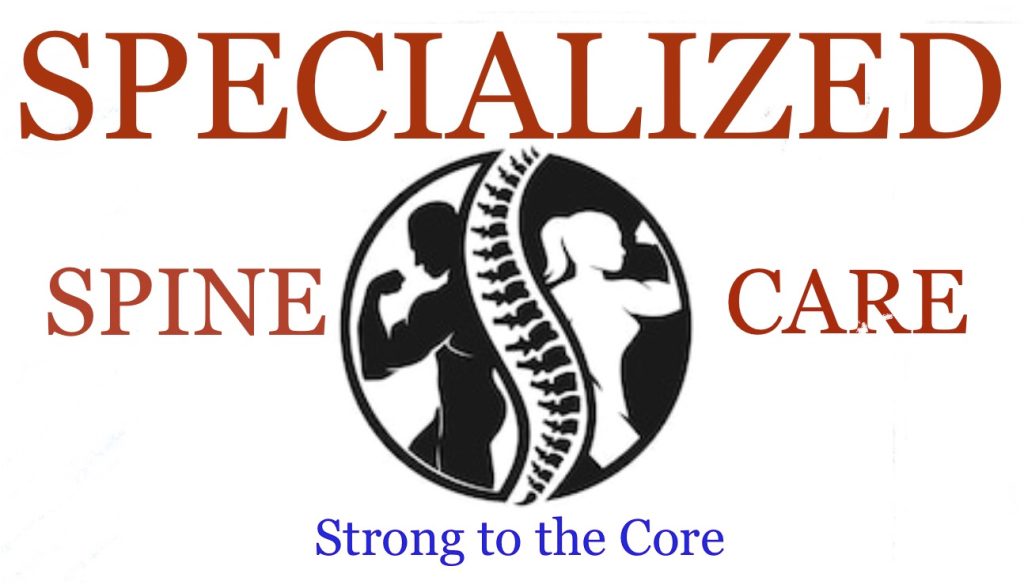Edward N. Hanley, Jr., MD
American Academy of Orthopedic Surgeons Bulletin
April 1993
Edward N. Hanlev, Jr., MD. is chairman of the Department of Orthopaedic Surgery. Carolinas Medical Center;. Charlotte, NC.
Lumber spine fusion is a commonly performed surgical procedure, yet the indications for the operation and results of it remain controversial and confusing. The concept of spine fusion is based on experience from other regions of the body where arthrodesis has been employed to treat painful joints and augment correction of deformity.
Initially, spinal fusion was used for the treatment of infectious conditions. scoliosis, and traumatic injuries. Based on these experiences, spinal arthrodesis has been employed in an attempt to control pain attributed to abnormal or “unstable” motion or mechanical insufficiency produced by degenerative change.
Despite little objective information concerning patient outcomes from such procedures, spinal fusions are being performed at increased rates throughout this country with tremendous regional variations in the numbers of such operations performed. Technical “advances” in diagnostic imaging techniques, internal fixation devices, surgical instruments and techniques, and bone grafting methods have led to a gradual extension of the indications from those that are relatively well established (scoliosis, trauma, spondylolisthesis) to the somewhat controversial (instability) to what some would consider fringe (diskogenic back pain).

